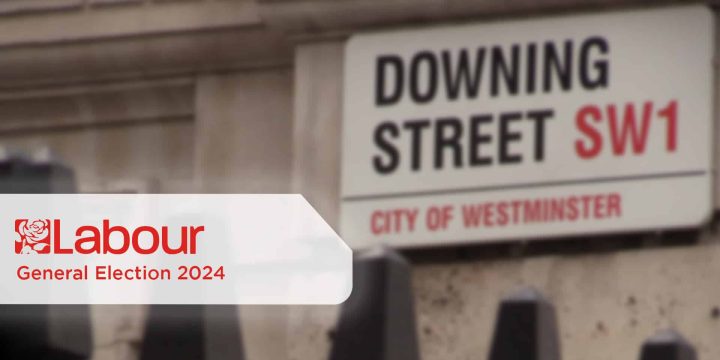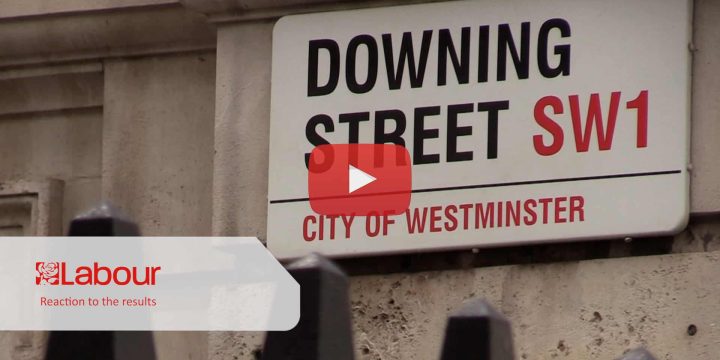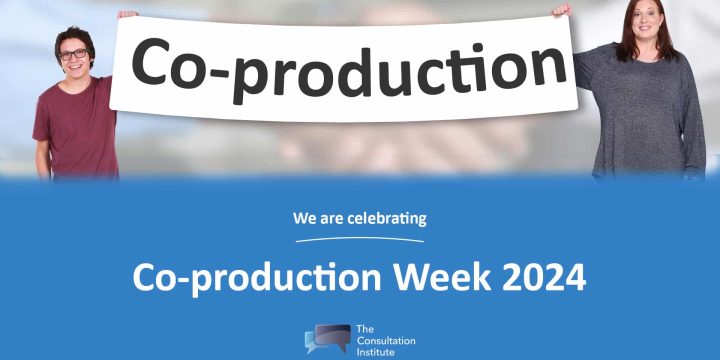News & Insights
Stakeholder Mapping: Who to Engage?
It’s that time again!
In last week’s article, the focus was on how public bodies can increase public participation and attract opinions from ‘seldom heard’ groups using online consultation methods.
But how can we reach these groups if we don’t know who to target? This is why effective stakeholder mapping and identification is an essential part of the consultation timeline.
Early engagement with the right stakeholders enables you to build trust and relationships, which can be used as a continuous engagement resource. It gives you time to understand the community, site history, background and community concerns, challenges and perceptions.
But before we dive into the world of stakeholders, let’s take some time to really understand what a stakeholder is by going back to the basics – starting with a definition.
Definition: Stakeholder
The Consultation Institute defines a stakeholder as
anyone who has an interest in an organisation or issue and whose support is required for successful outcomes.
Identifying stakeholders that you don’t always hear from can be tricky, but we have a few tips that should help.
You will need to identify who are those with influence and who are those with interest in the proposed project. Whilst they may be supportive and assist in ensuring successful implementation, their support may also quickly shift throughout the timeline of the proposal.
All stakeholders are important, but how you engage with different stakeholders varies, and this requires you to pay close attention to their level of interest and influence and what their priorities are. This will shape how they are targeted. This is what we call stakeholder mapping, and it is a crucial element that contributes to the success of a project.
Identifying stakeholders
Generally, stakeholders are categorised into two groups, internal and external stakeholders.
Internal stakeholders could be your paid staff, managers and owners – but don’t forget about any volunteers, board members, governors or trustees (these can also be useful influencer stakeholders who can act as a voice or ambassador to the project.
External stakeholders are individuals that have an invested interest and influence in the decisions you make and policy changes that you propose. Usually, regardless of the organisation, there are a wide range of external stakeholders, including your customers, patients, service users, clients (however you describe the people who access or use your services or products); local politicians, the people whose properties border yours, who may be affected by project; funders or regulators and finally, young people are stakeholders too – and who are often and easily forgotten about as a valid voice when change is proposed.
Mapping your stakeholders
Mapping stakeholders helps establish the involvement hierarchy and pinpoint those with particular influence and interest. It can help to identify whose voices need to be heard, including those who may need help in articulating their views.
The results of the exercise can be used to determine how and when to approach each stakeholder and to prioritise contact with those with more interest and influence; while also identifying those who may have significant interest but are ‘seldom heard’ and may require specific targeting.
So, if stakeholder mapping shows that seldom-heard groups are likely to be seriously impacted by your plans or policies, you must invest in finding and implementing appropriate ways of building and developing the relevant relationships. It may mean specialist knowledgeable staff, different processes or even lengthening the timescale.
No serious consultation should proceed without such an analysis, and, if done properly, your project will be better equipped for success. The Institute has developed thinking and practice on stakeholder mapping for years – its distinctive take on this important technique is available as an e-Learning course.
If you need some specific advice about stakeholder mapping, get in touch.




